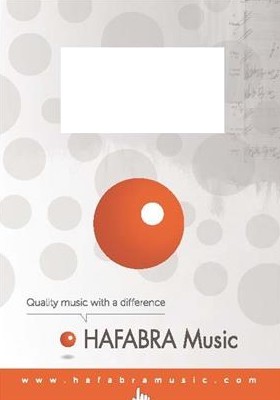We've found 426 matches for your search. Order by
Results
-
 £85.00
£85.00The Rocketeer - HORNER James - SMEETS Roland
Estimated dispatch 14-21 working days
-
£83.00
The Devil in I (Bra) - Corey Taylor & James Root - Paul Saggers
Estimated dispatch 7-14 working days
-
£68.00
Nearer, My God, To Thee (Bra) - Lowell Mason & James L. Stevens - Mike Kilmartin
Estimated dispatch 7-14 working days
-
 £8.50
£8.50HAPPY HEART (score) - Last, James (1929-2015)
If you require further information on HAPPY HEART (score), please
In Stock: Estimated dispatch 1-3 working days
-
 £27.50
£27.50HAPPY HEART (score & parts) - Last, James (1929-2015)
If you require further information on HAPPY HEART (score & parts), please
In Stock: Estimated dispatch 1-3 working days
-
 £63.99
£63.99A Happy Merry Christmas! - James Lea, Neville Holder, John Lennon, Yoko One & Bob Heatlie - Frank Bernaerts
Estimated dispatch 7-14 working days
-
 £61.99
£61.99Ain't That A Kick In The Head - James Van Heusen & Sammy Cahn - Frank Bernaerts
Estimated dispatch 7-14 working days
-
 £61.99
£61.99Belfast - James Robert Bilsbury, Drafi Franz Richard Deutscher & Joe Menke - Jan van Kraeydonck
Estimated dispatch 7-14 working days
-
 £61.99
£61.99Iko Iko (My Bestie) - Joan Marie Johnson, Rosa Lee Hawkins, Barbara A. Hawkins & James Crawford Jr. - Johny Ocean
Estimated dispatch 7-14 working days
-
 £61.99
£61.99Merry Christmas Everybody - James Lea & Neville Holder - Frank Bernaerts
Estimated dispatch 7-14 working days
